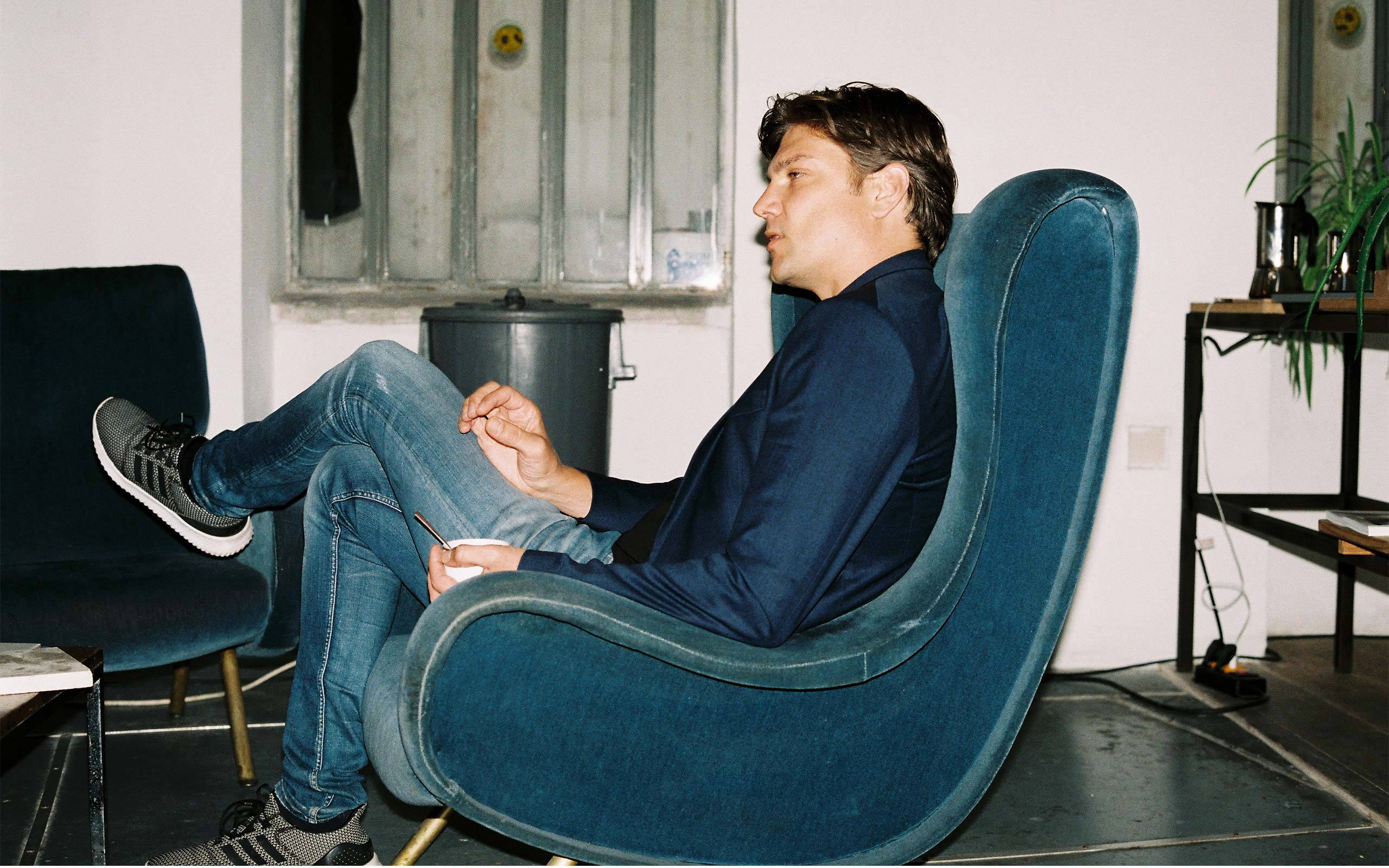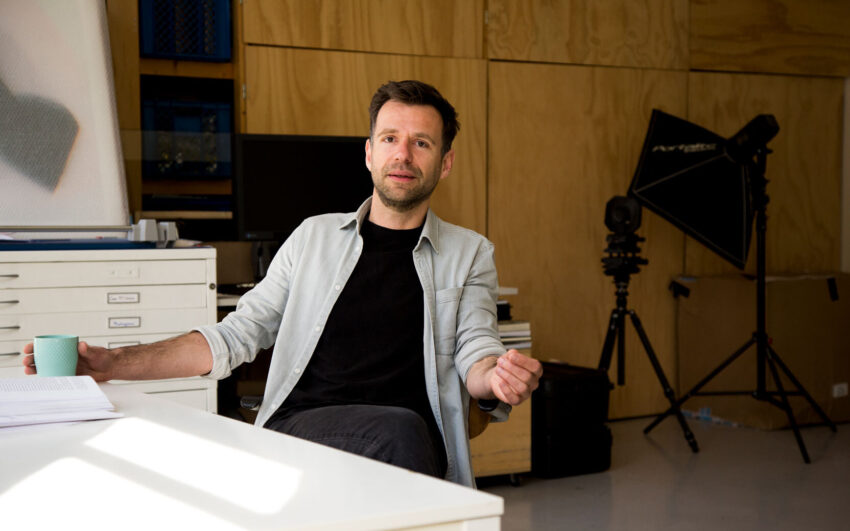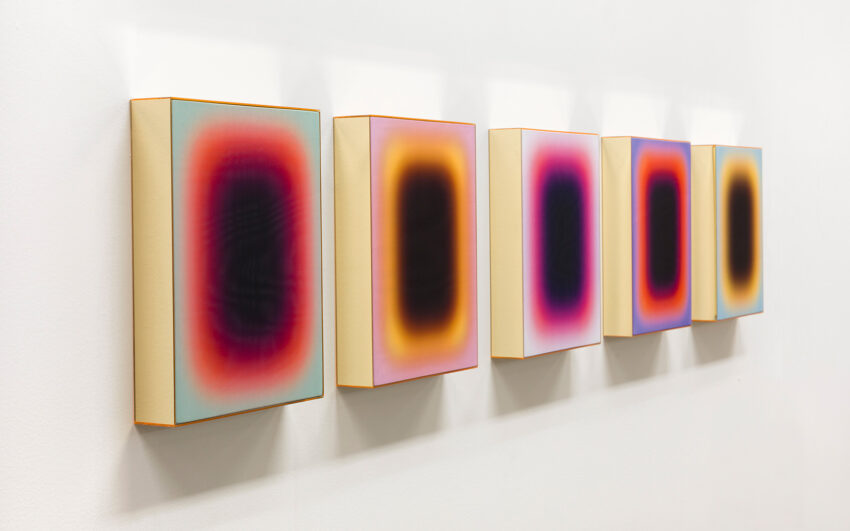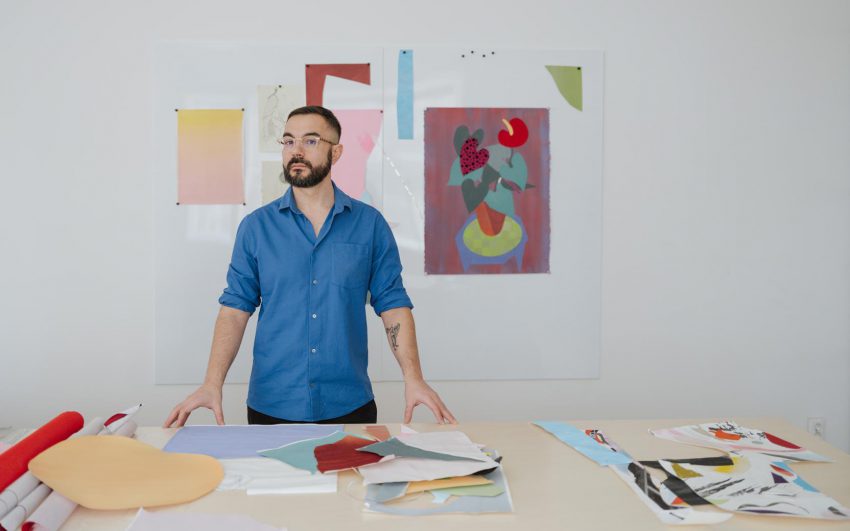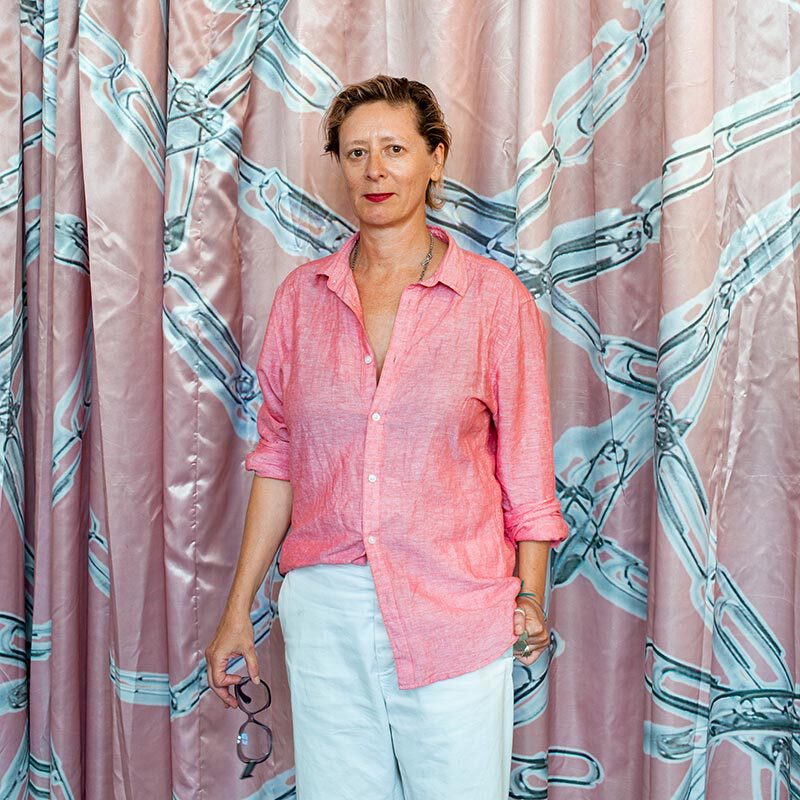A “dinosaur between two stories” seems to be a striking way to describe Mladen Bizumic who creates narratives that are linking past and present. The artist works in photography focusing on the shift from analog to digital photography.
Mladen, did you already work in your studio today?
Yes, I did. I delivered some frames in the morning which was necessary for the projects I am working on at the moment. My studio is really like a thinking station– a place where things arrive, are modified and carefully thought through.
How did you end up living and working in Vienna?
Before I moved to Vienna I lived in New Zealand. When I arrived here in 2005, I only stayed for a short time; I commuted between Vienna, Berlin and New Zealand for several years. In 2011, I decided to make Vienna my permanent base because I was interested in doing a PhD in Cultural Studies with Diedrich Diederichsen at the Academy of Fine Arts. This program was incredibly helpful. At the end of 2011, I also started being represented by Georg Kargl Fine Arts. Vienna became an important place for me.
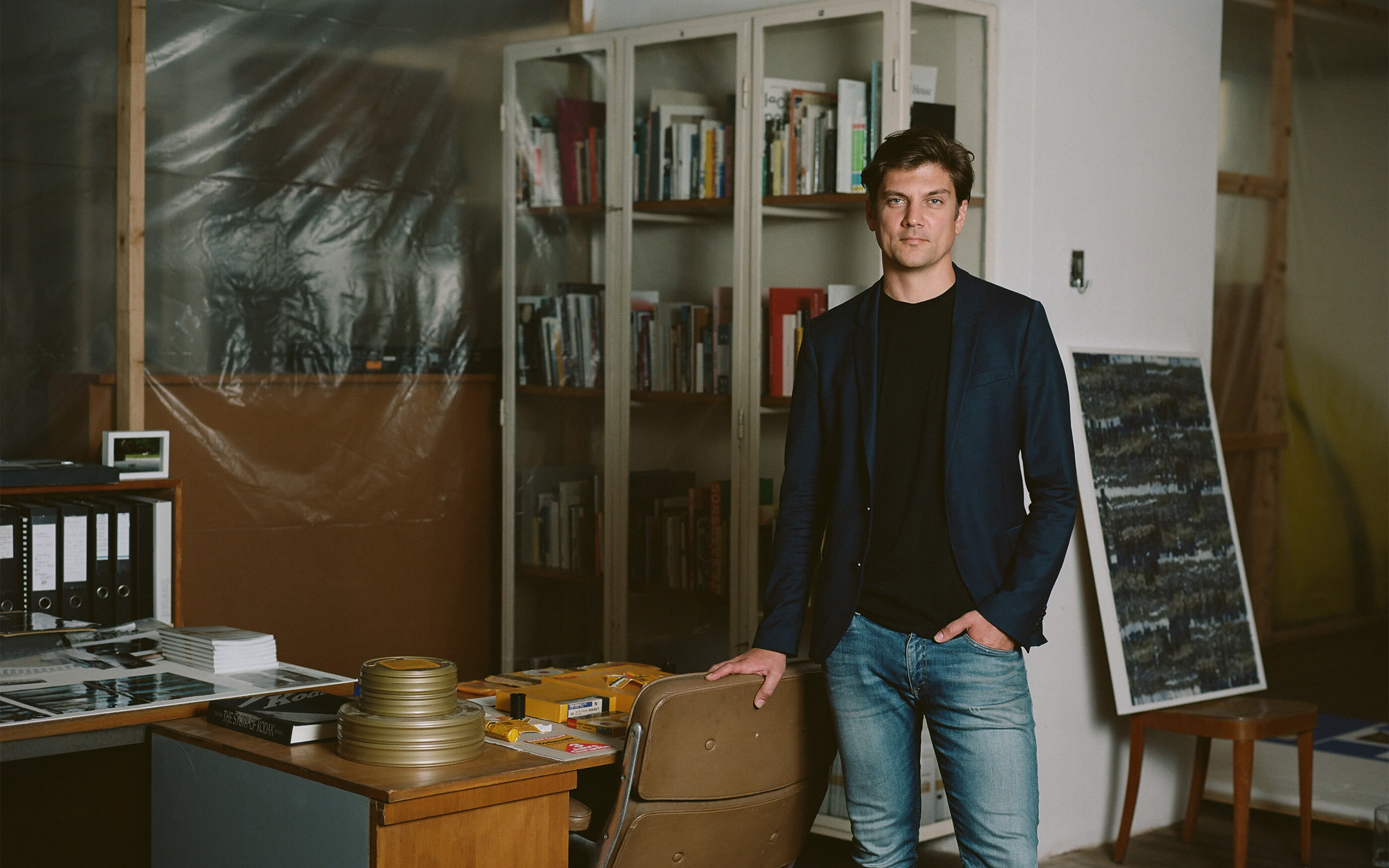
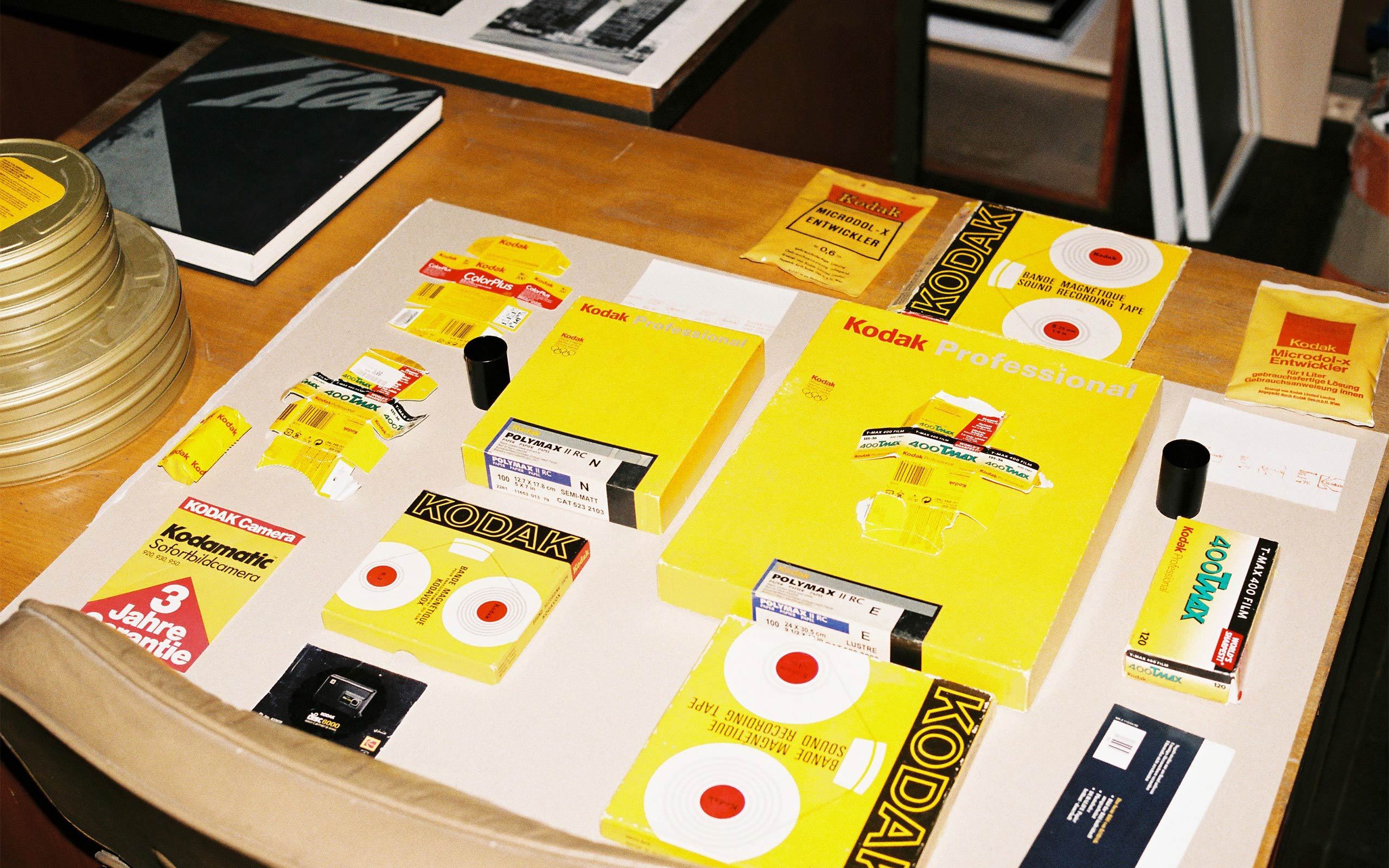
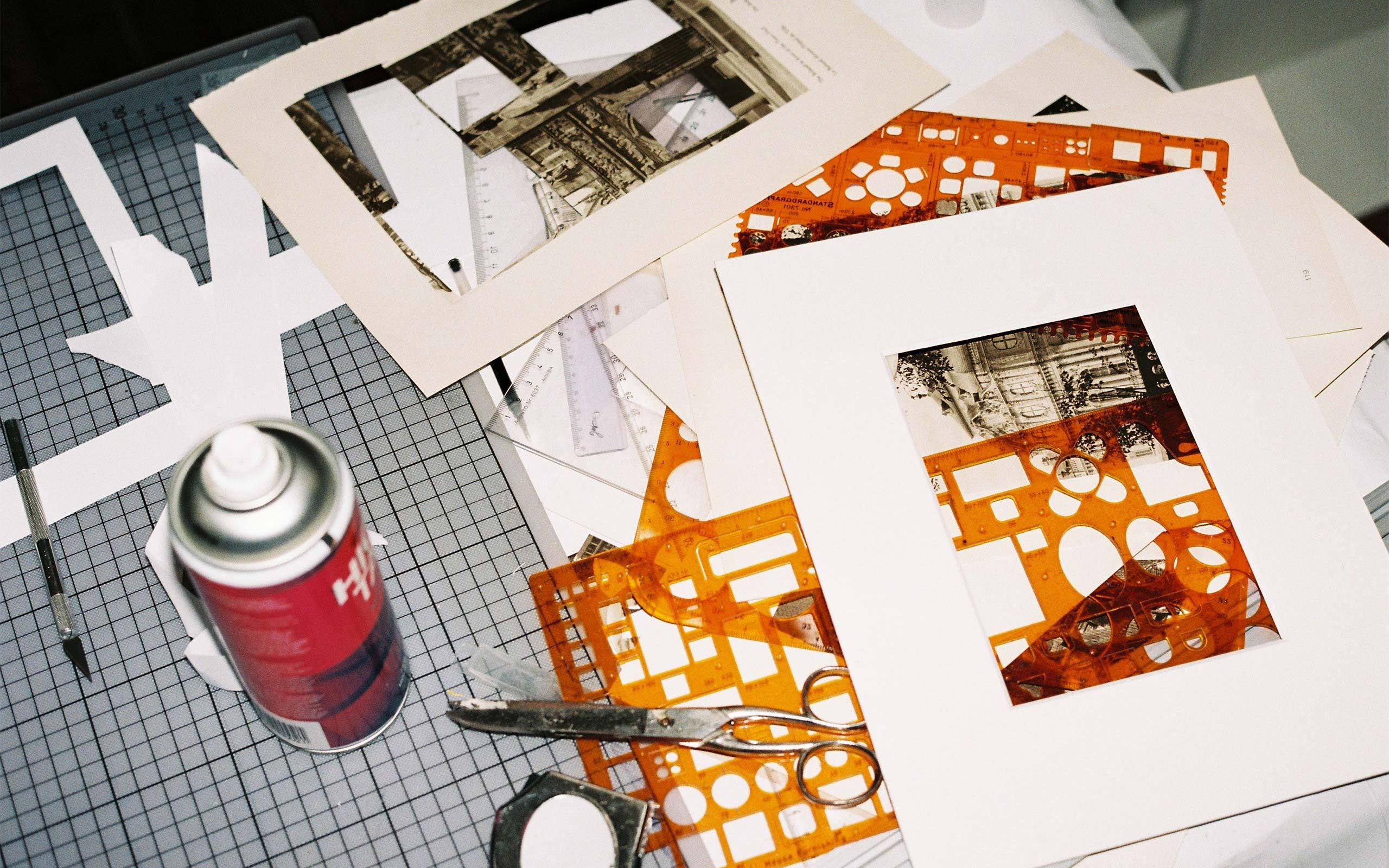
Could you tell us more about what you exactly do? How would you describe your work?
I’m an artist working in photography . I’ve been working in photography since I was fifteen – so for a long time. Basically, I make photographs that are unique objects, but my main in-terest has always been to understand the broader context of image production. Essentially I want to explore the entire system of image production which exists in order for us to have photography. Talking about my work, I often speak about specific objects because I like to focus on things that are already there or at least related to something visible. I make certain invisible processes visible like revealing where cameras come from or simply what photog-raphy and the history of image making are. I speak about this in a broader context because I am interested in seeing art within a larger cultural conversation, not as single objects that are exhibited in order to look beautiful or new but rather as an incentive to investigate how humans communicate with each other.
Can you specify what your artistic concern is?
Why do we do what we do? Firstly, I would say that being an artist gives me a lot of control over my time and space and I think that’s a great privilege. Secondly, I construct a specific perception which is an ongoing process. Nevertheless, I do hope that people realize that my work relates to a lot of other cultural production since I am always trying to do things that are kind of like a meta-critique.
How much do you think artists can actually influence their surroundings?
I think that we as artists artists either underestimate or overrate how much influence or impact we can actually have. It’s either or, and I don’t really know what the right amount is! I think it’s really each artist’s individual decision. Being an artist, you actually have a lot of visibility which is a special kind of visibility because people enter museums in order to per-ceive things. That’s a different way of perceiving things than walking down the street and seeing something. In museums viewers make the conscious decision to look or to look away, and there is a lot of power in that.
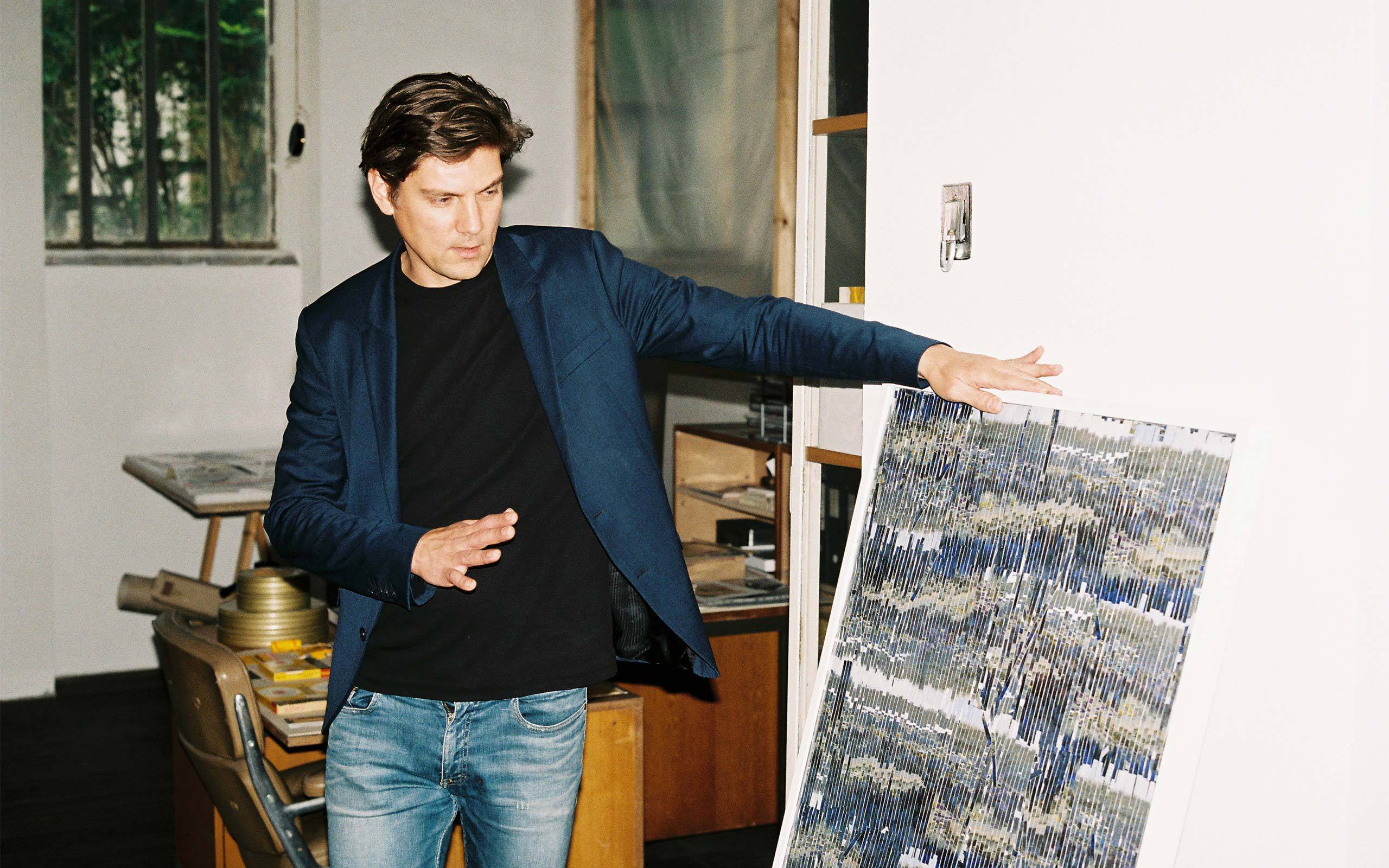
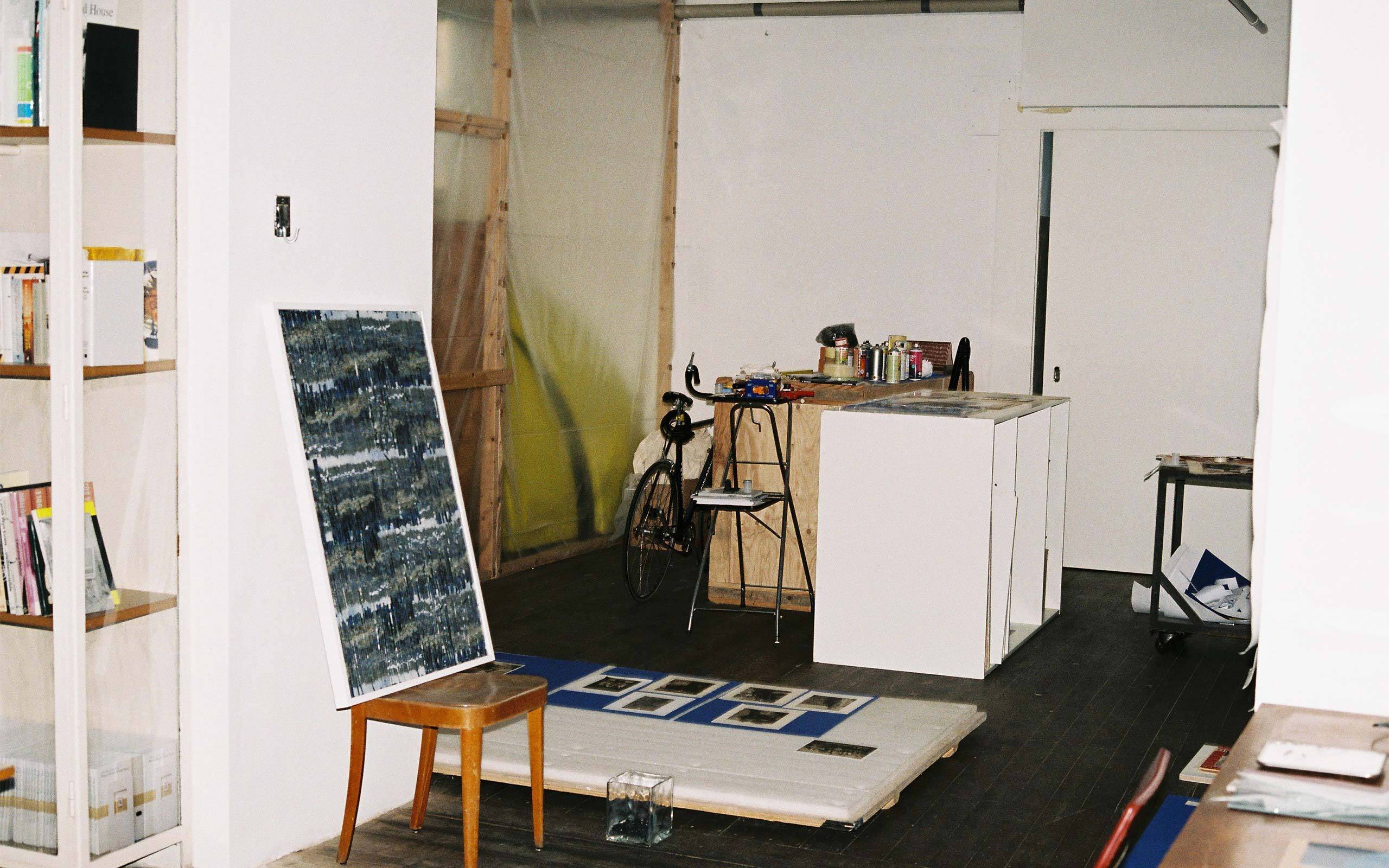
If you had the chance to meet Mladen Bizumic, what would you tell him about his work?
That it is easier to say that I work in photography than saying I am an artist interested in the history of conceptual art which photography has a place in. Mainly, I’m really interested in different types of cultural translations that happen in the context of art and how this kind of translation is enabled from a negative to a printed photograph, to a framed object, showing that all of these different steps have a history before and after.
Is there an aspect in your work, or a concrete work piece, that is especially important to you?
There are different ones. However, the first one is a work that I made in 2002, a model of an imaginary museum which had the size of a coffin. I built this model with all details and it was really important to me because I started looking at this big thing from the outside. This little museum was shown in different contexts. The reason I made it was an invitation to exhibit my work and since I had already presented works in a museum previously, I started thinking about the meaning and value of the institution museum and how it gives life to things we call art, but at the same time preserves these things. You cannot change or re-do things once they are in a museum. It is somehow unnatural, isn’t it?
One of your exhibitions had the title Kodak Employed 140.000 People, Instagram 13. What is your opinion of Instagram? How do you view it from an artist’s perspective?
I am very interested in Instagram because I think it produces new needs and has a huge in-fluence on how people perceive themselves today. But all of the Instagram filters and its language are based on a previous technology: Polaroid. Instagram is related to the history of photography, but Polaroid or Kodak is or was entirely different from what Instagram is to-day. Today photographs that are taken to be uploaded almost lose their value, but at the same time they are democratic and all on one level. I was very interested in understanding what Instagram basically was and what it has become. The specific title you mentioned was for an exhibition at MOSTYN in Great Britain, which is part of the Tate network of galleries. I made the work specifically for that context. Great Britain used to be a country where a lot of cameras were produced for Kodak in the 20th century. For the exhibition I used some cameras that had been locally made and a lot of other elements in order to display a change or cultural shift. I see myself as a dinosaur between these two stories: Something historical-ly important but forgotten and something very relevant and new for a young generation of people. Even though I don’t know as much as I would like to know about the history of pho-tography and don’t use the social media, I show something that represents a bridge con-necting different narratives. I think some people utilize Instagram in a very interesting way and indeed there are many different ways to do so. To be honest though, I am obsessive about images. That’s why I don’t have an Instagram account because if I had one, I would spend a huge amount of time on it.
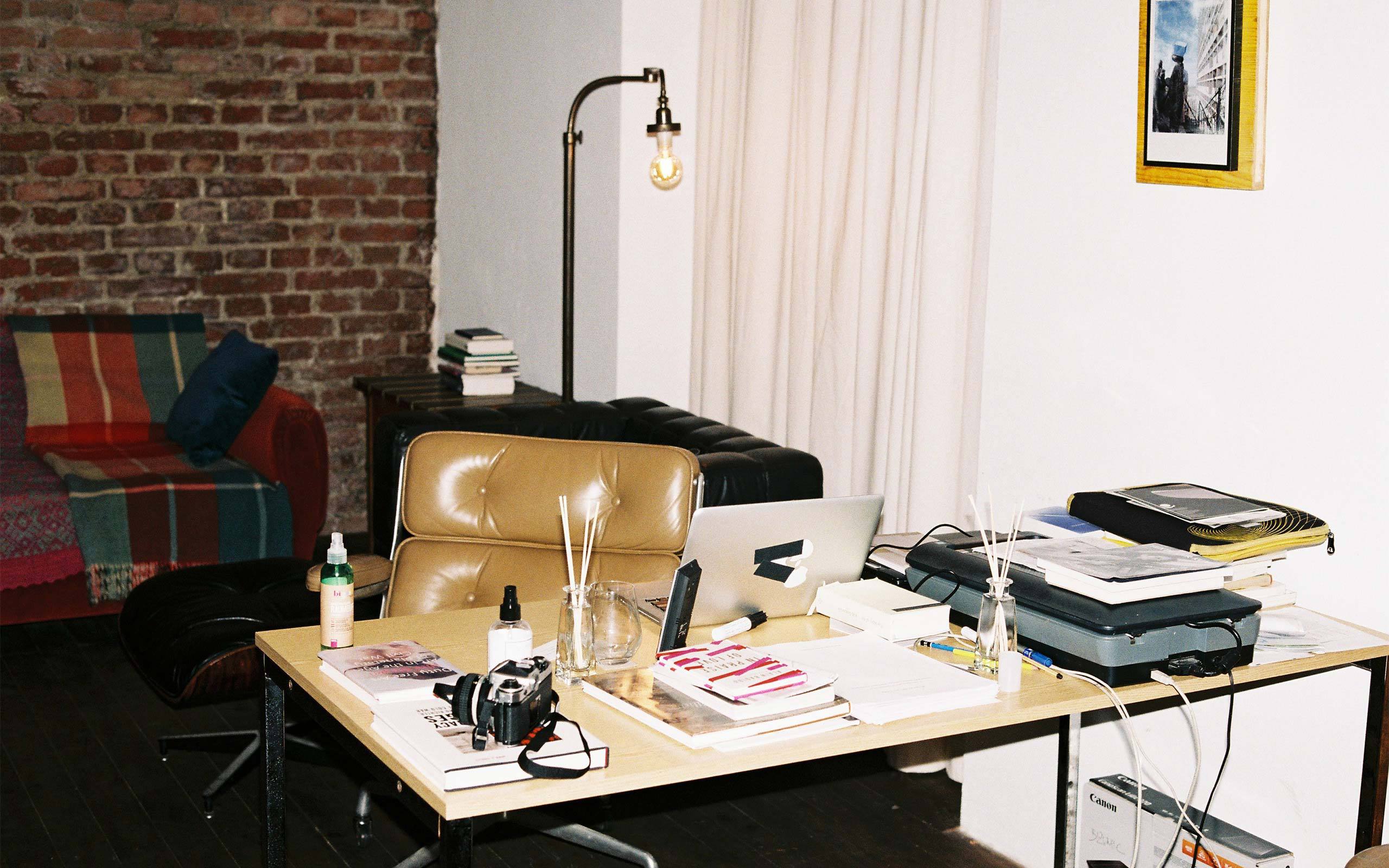
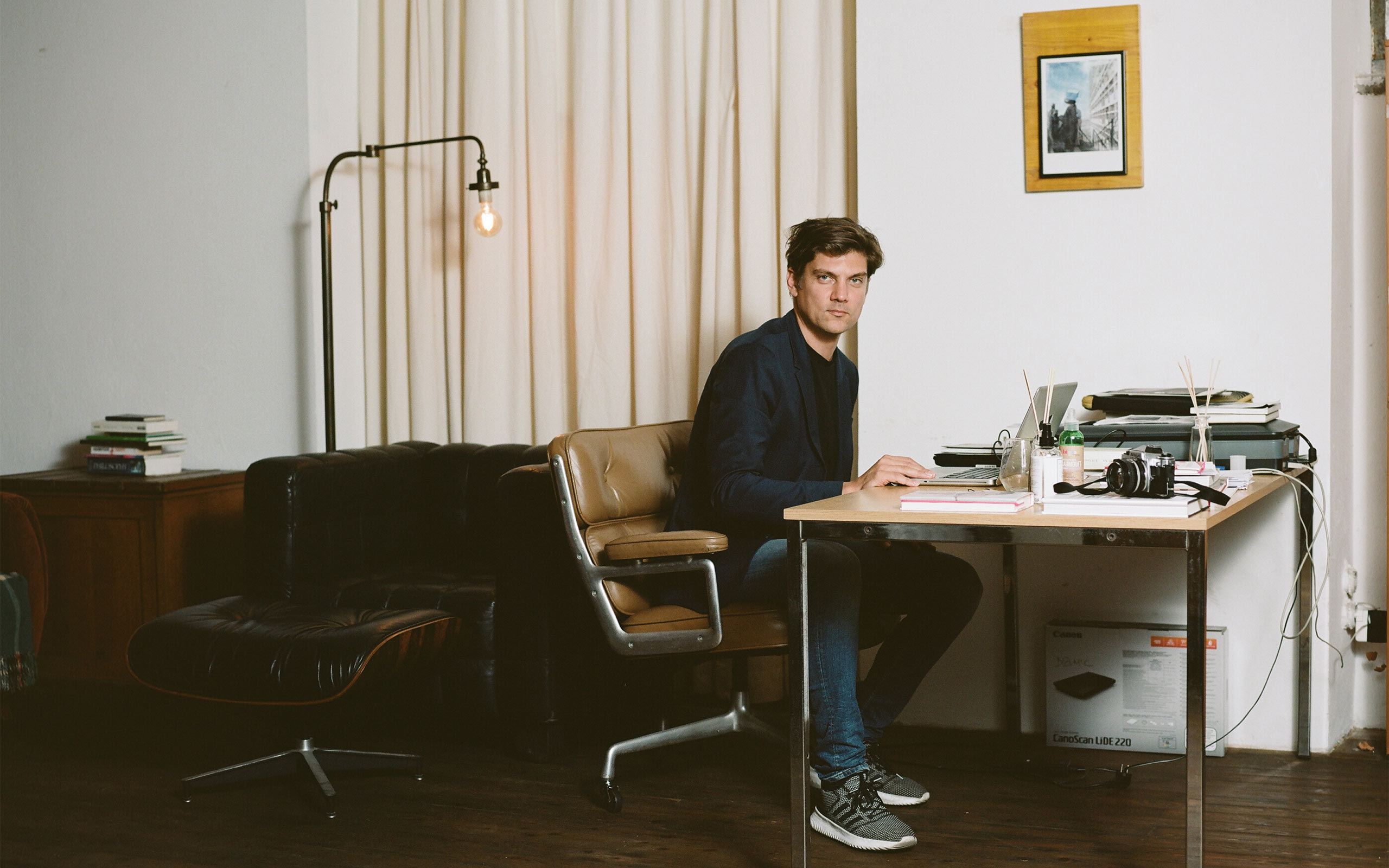
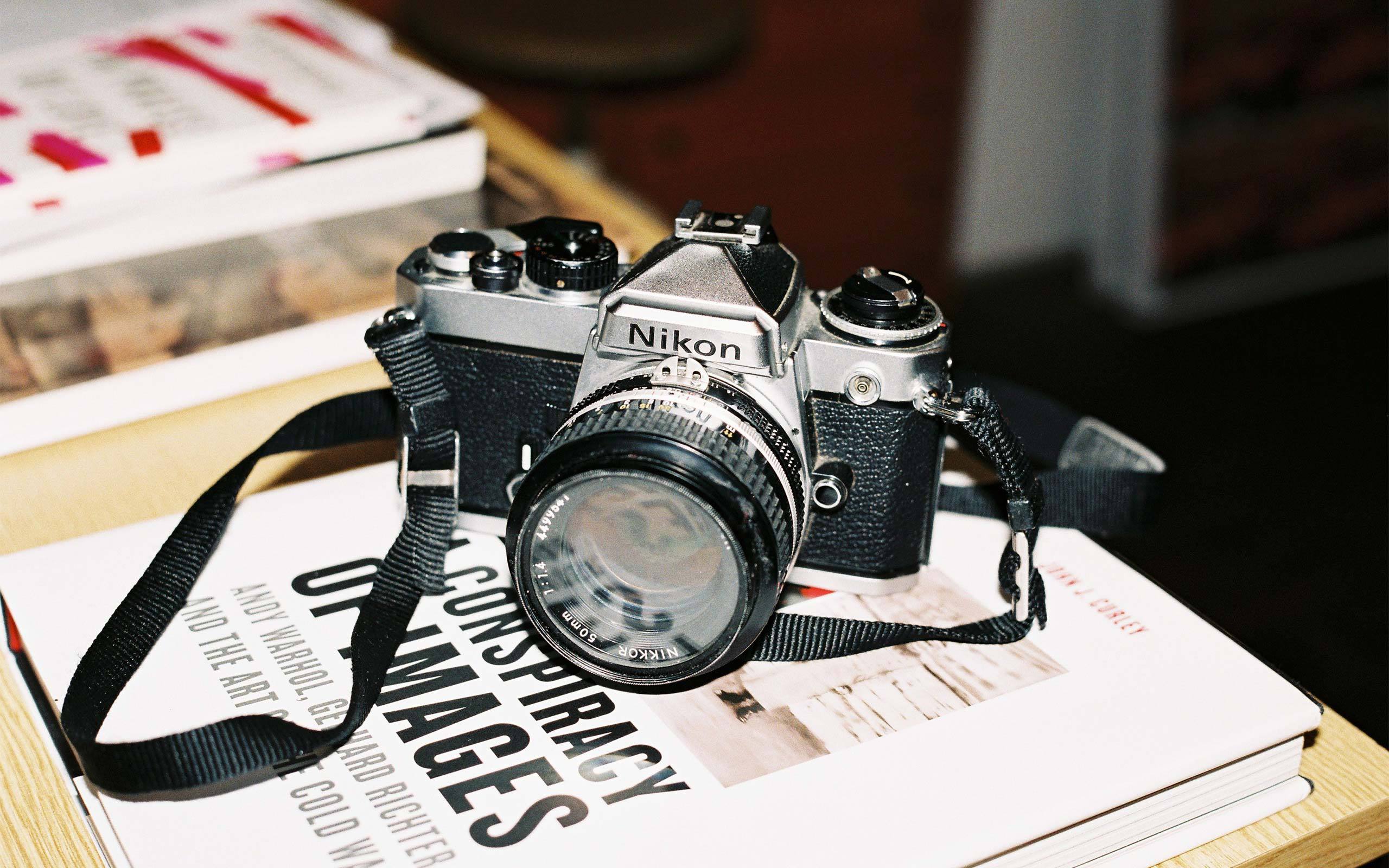
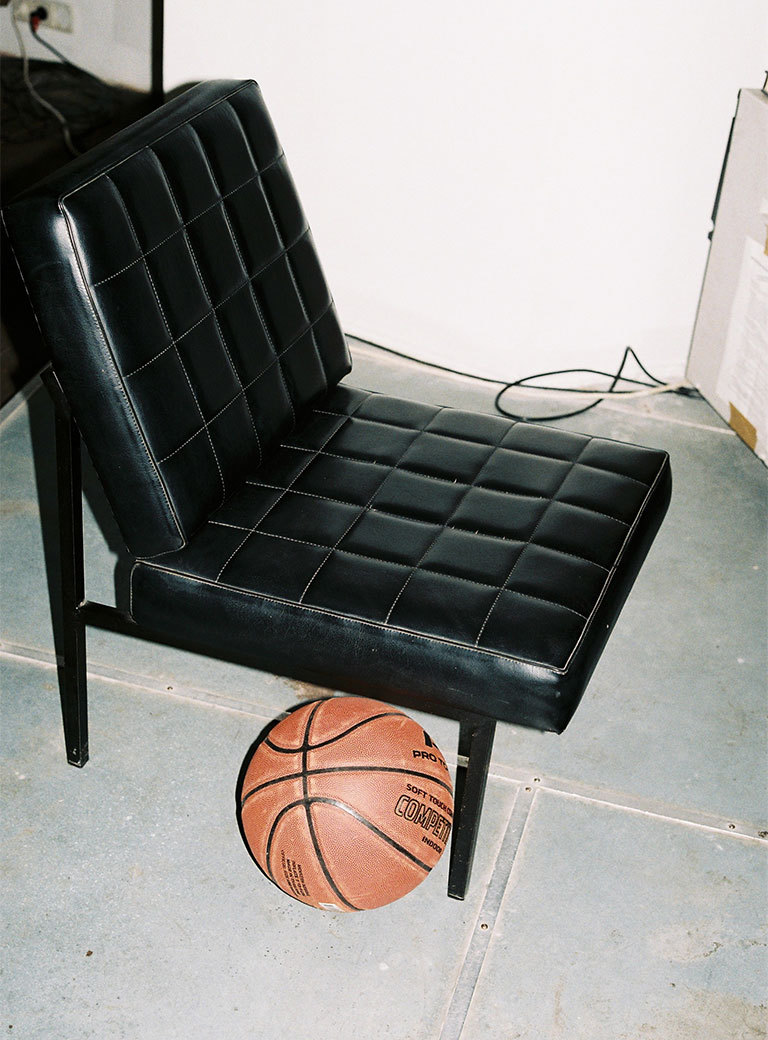
Photography as an art form is occasionally debated. Do you think photography as a medium has to defend itself in contemporary art?
Historically, photography had to find a place for itself among the so-called fine arts. There are many different applications for photography like in science, bureaucracy, advertising, etc.. This means that art is a small part of what photography is, but its role in art has gone through various historical periods. Among other technological innovations, the wide use of photography in the 1840s gave rise to a new way of seeing. Importantly, without photog-raphy there wouldn’t be modern painting as we know it today. Coming back to our own time – I think photography as a field between analog and digital is full of potential.
Has there ever been a dream job for you – an alternative to creating art?
When I was young I wanted to become a basketball player. Before studying art, I actually studied medicine, but I realized that I didn’t want to become a doctor. Being an artist is fi-nally my dream job because I made it be.
Artists are an integral part of the art world and its dynamics. Do you feel like having to par-ticipate in a competition?
I only compete with myself. Since art produces desires there’s a lot of smoke and mirrors and I think it would be useful if people were more transparent about things like dealings, lifestyles and anxieties. I’m afraid though that the art world as we know it, wouldn’t be what it is without it! At the same time, I think that the art world is a wonderful place from which absolutely amazing friendships can evolve. I feel like being part of a network of other artists, curators, gallerists, and collectors. It gives meaning to my daily practice.
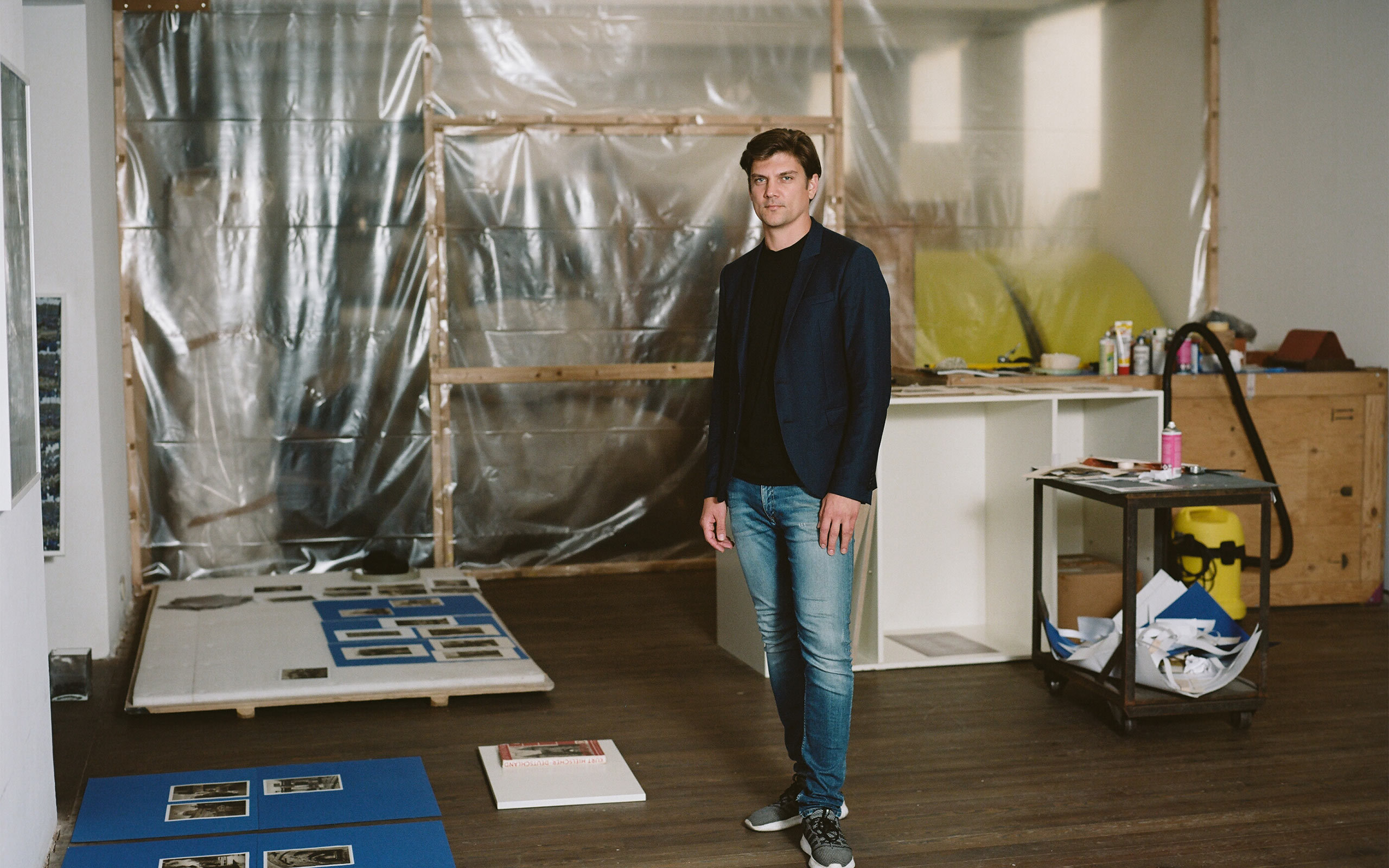
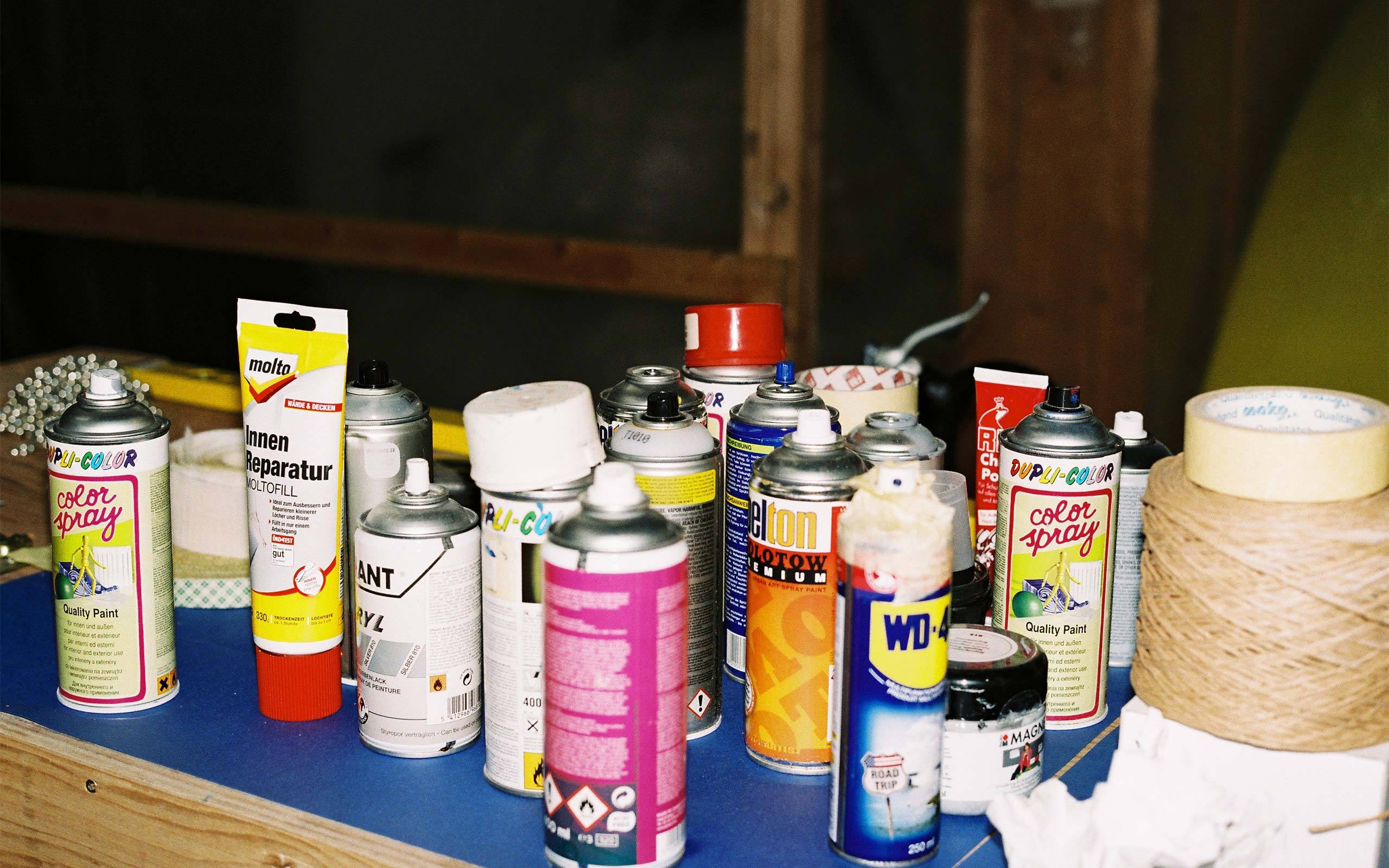
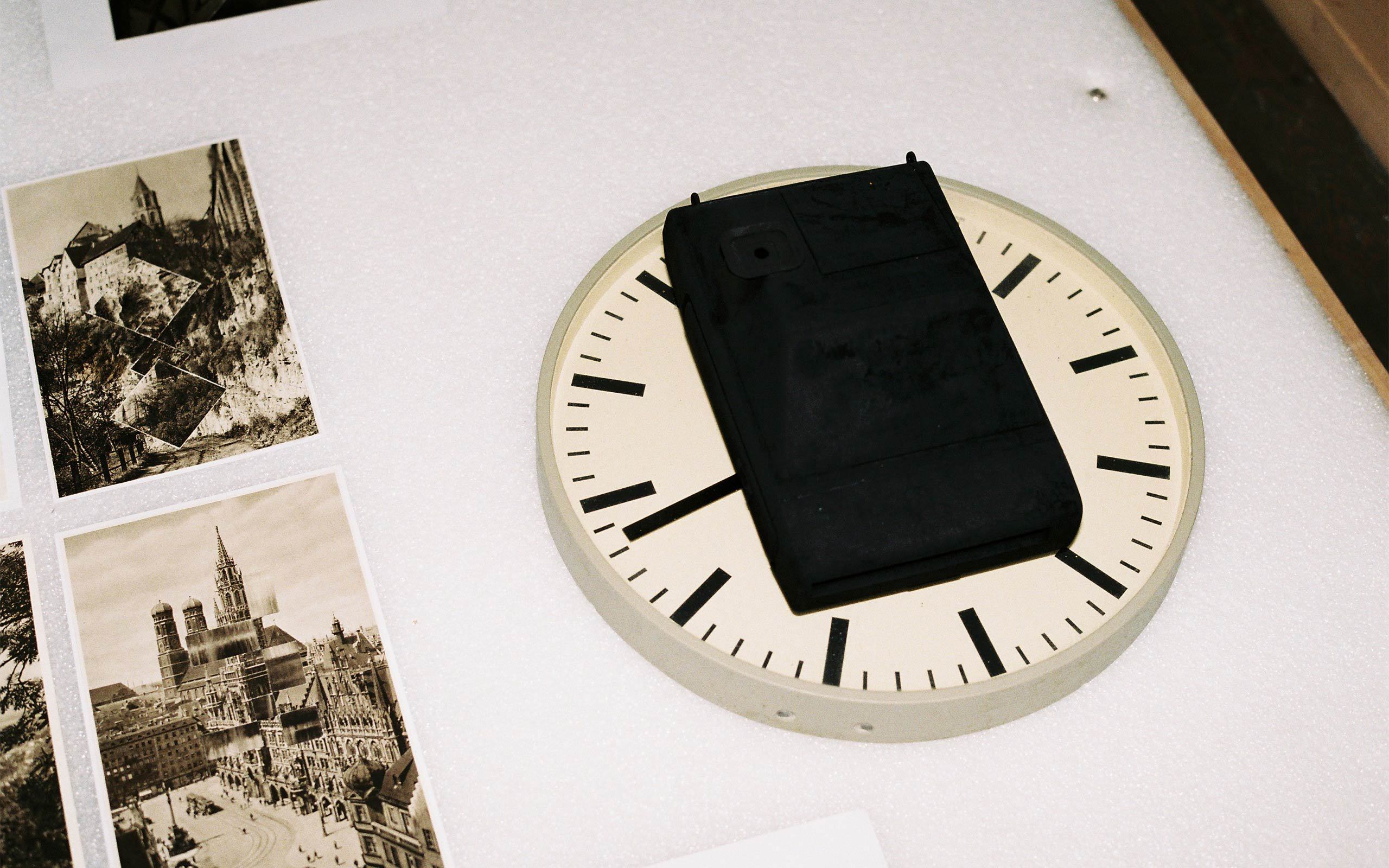
Where do you find inspiration?
I find inspiration in changing my daily rhythm. In moments of relaxation or when I’m not really looking for something – that’s when things somehow open up. Therefore, I’m very interested in visiting different locations where I can find sights that attract my attention and I can take notes or snap a picture with my phone in order to return later with my large or medium format camera to photograph and do something with it.
How important is renewal when it comes to artistic creation?
Technology changes meaning that doing exactly the same as in the past no longer makes sense because social, economic, and technical conditions also change. I have decided not to try competing against change but to embrace it because change is natural and one has to deal with it. That’s why I work in ongoing series. The KODAK series for example has started in 2012 – five solo exhibitions in five different countries, seventy works shown in different contexts. For me this is like one ongoing body of work which I continue working on. There are also other series and pieces influencing one another such as ALBUM, SONNTAG, or MOMA'S BABY. The consistent aspect for me is that it’s all about image making, technolo-gy, and photography.
Has there been a particular event or person in your life that had a great influence on you?
The most fundamental event in my life has been shifting to new places to live. These jour-neys in between somehow define me as an artist and as a human being.
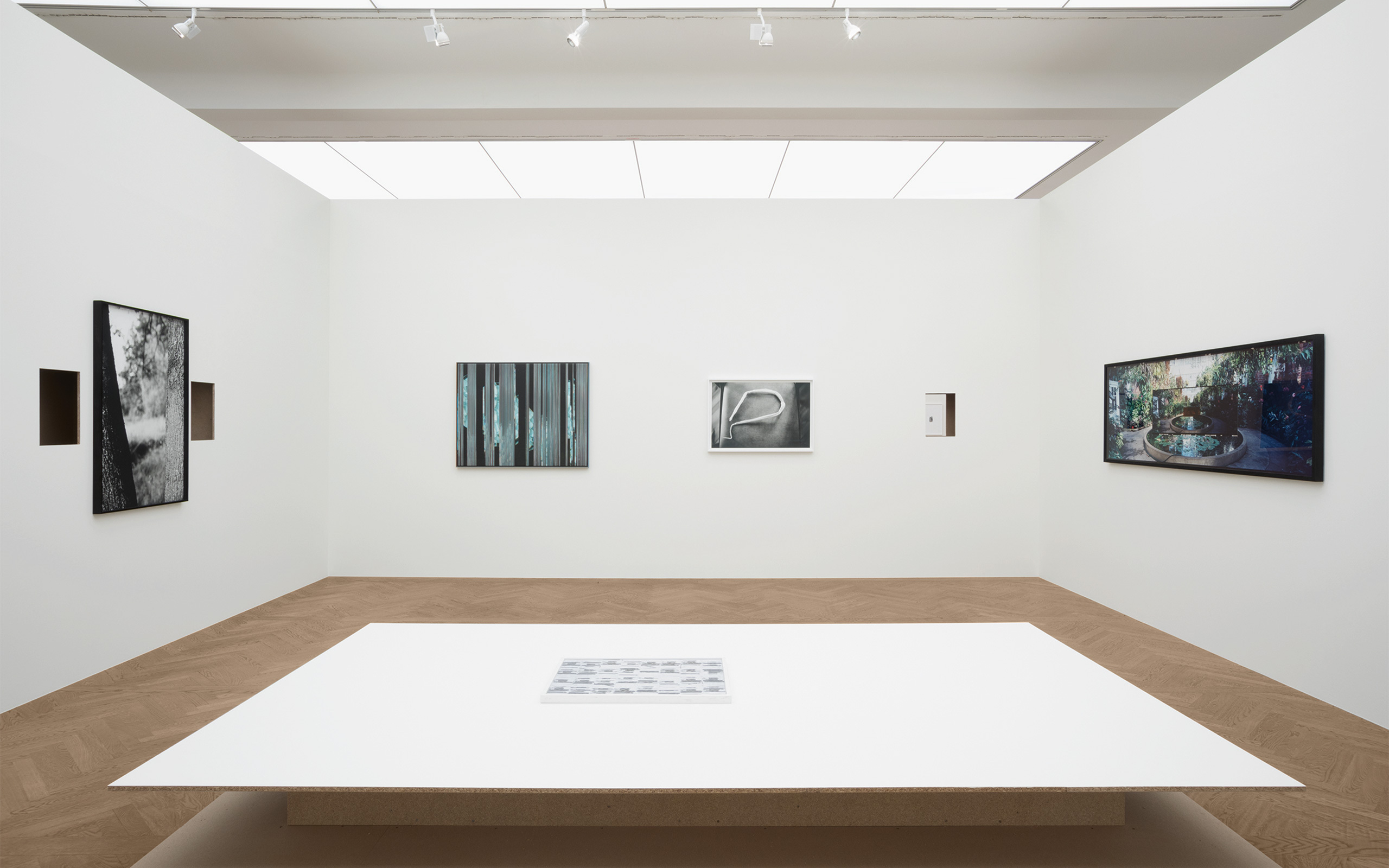
EQUALITY, 2017
Exhibition view Leopold Museum, Vienna
Photo: Lisa Rastl
Courtesy of Mladen Bizumic and Georg Kargl Fine Arts, Vienna
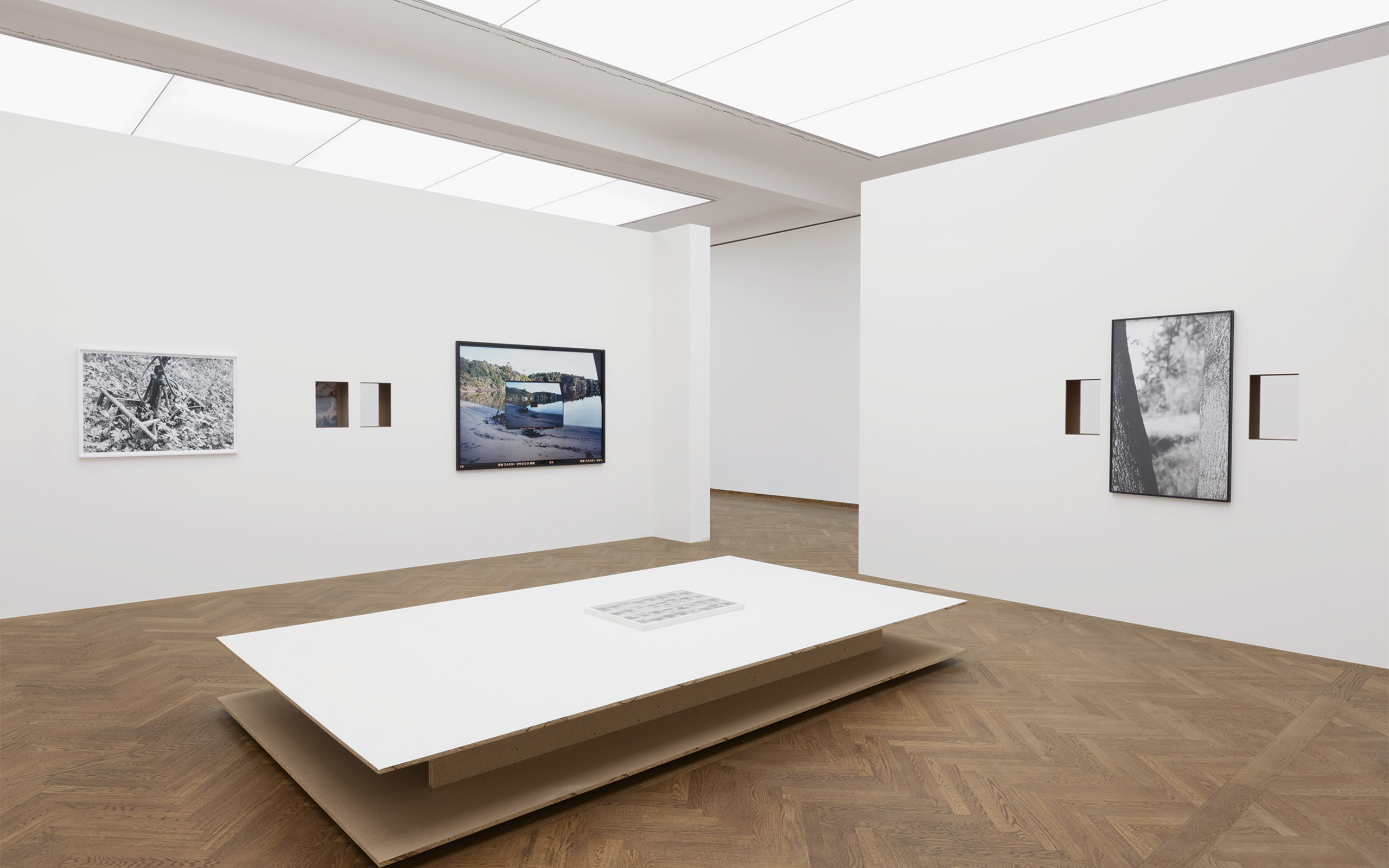
EQUALITY, 2017
Exhibition view Leopold Museum, Vienna
Photo: Lisa Rastl
Courtesy of Mladen Bizumic and Georg Kargl Fine Arts, Vienna
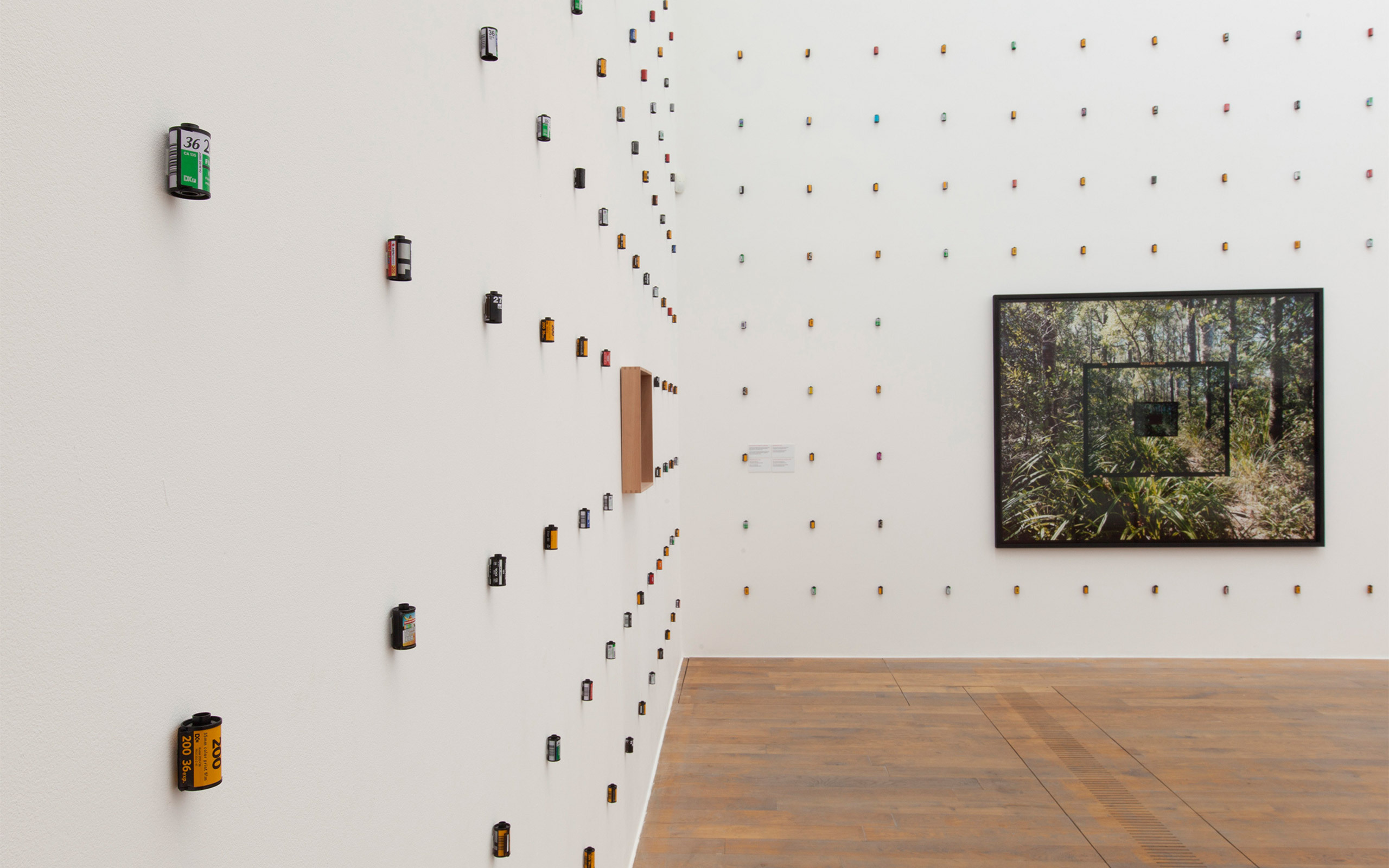
Kodak Employed 140,000 People. Instagram 13, 2017 Exhibition view at MOSTYN I Wales
Photo: Dewi Lloyd
Courtesy of Mladen Bizumic and Georg Kargl Fine Arts, Vienna
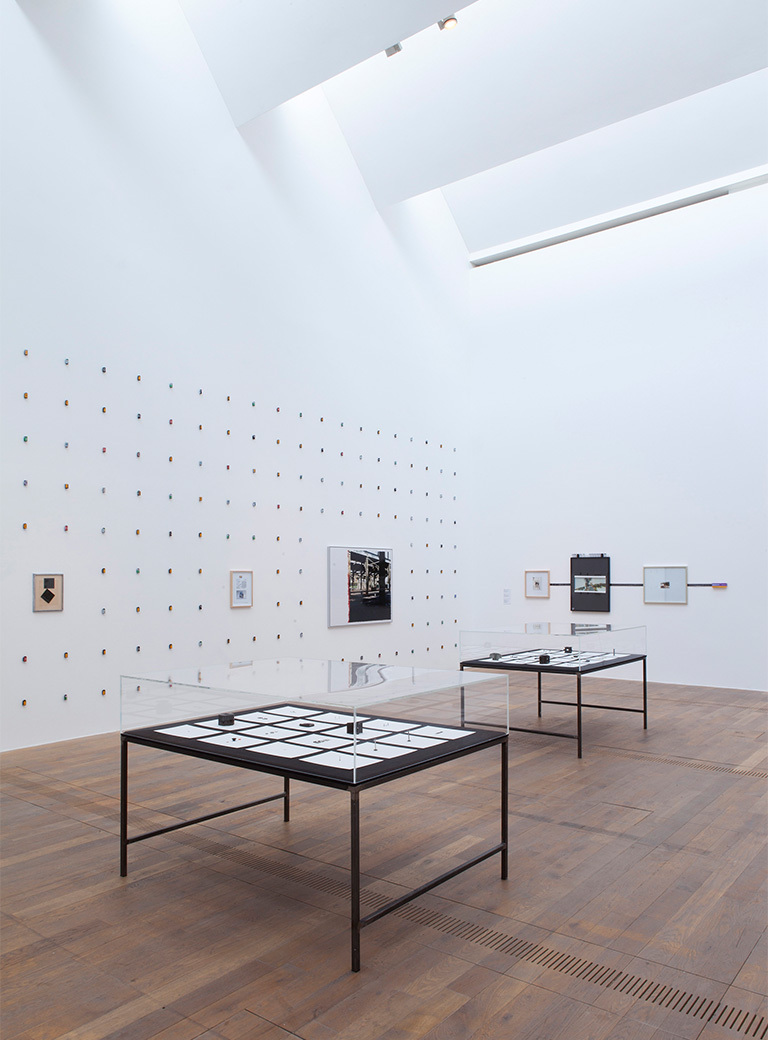
Kodak Employed 140,000 People. Instagram 13, 2016
Exhibition view at MOSTYN I Wales
Photo: Dewi Lloyd
Courtesy of Mladen Bizumic and Georg Kargl Fine Arts, Vienna
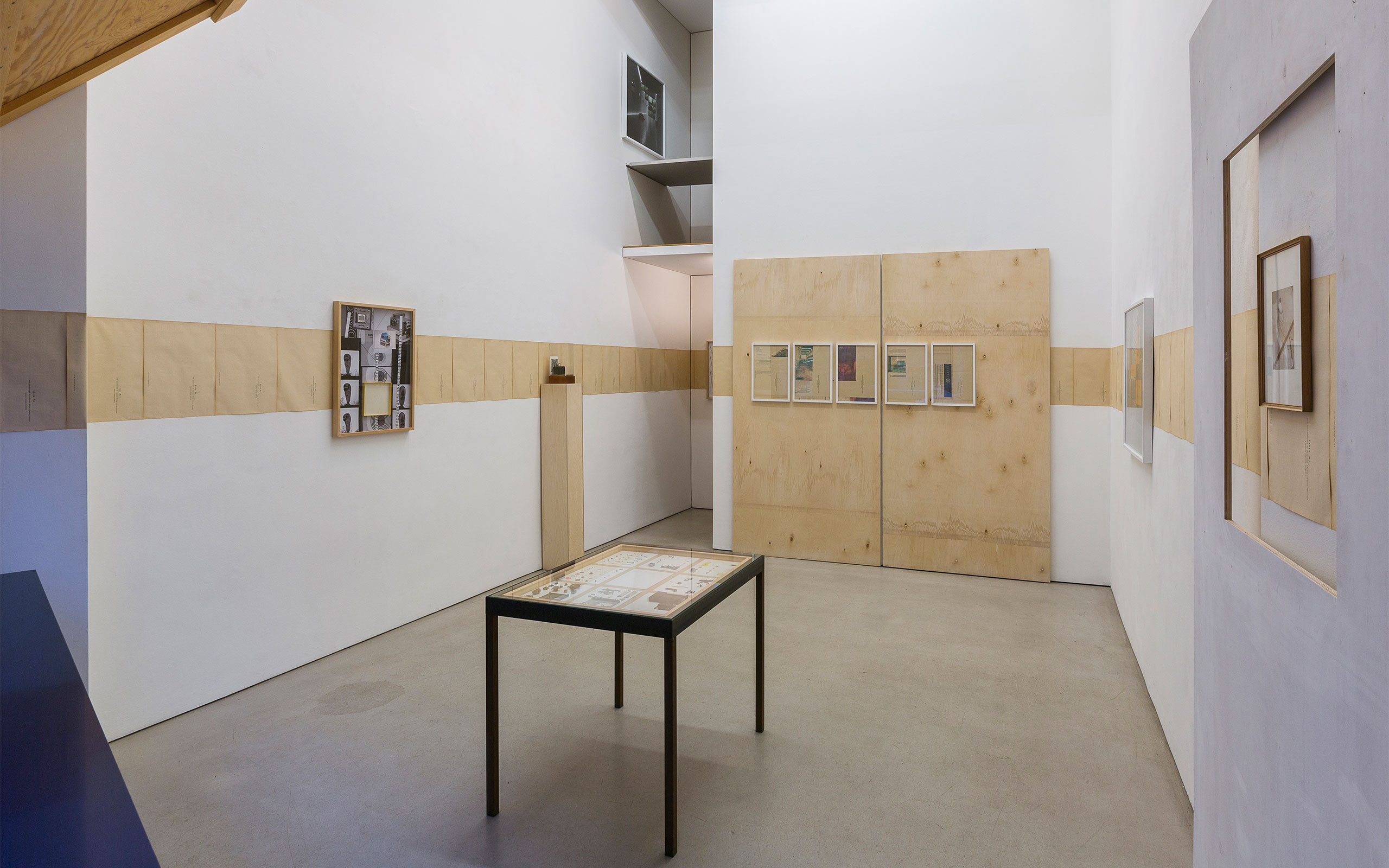
Kodak (Reorganisation Plan), 2015
Exhibition view at Georg Kargl, Vienna
Photo: Matthias Bildstein
Collection: MUMOK Museum Moderner Kunst Stiftung Ludwig Vienna
Interview: Rebecca Akimoto
Photos: Christoph Liebentritt
Links:
Georg Kargl gallery


